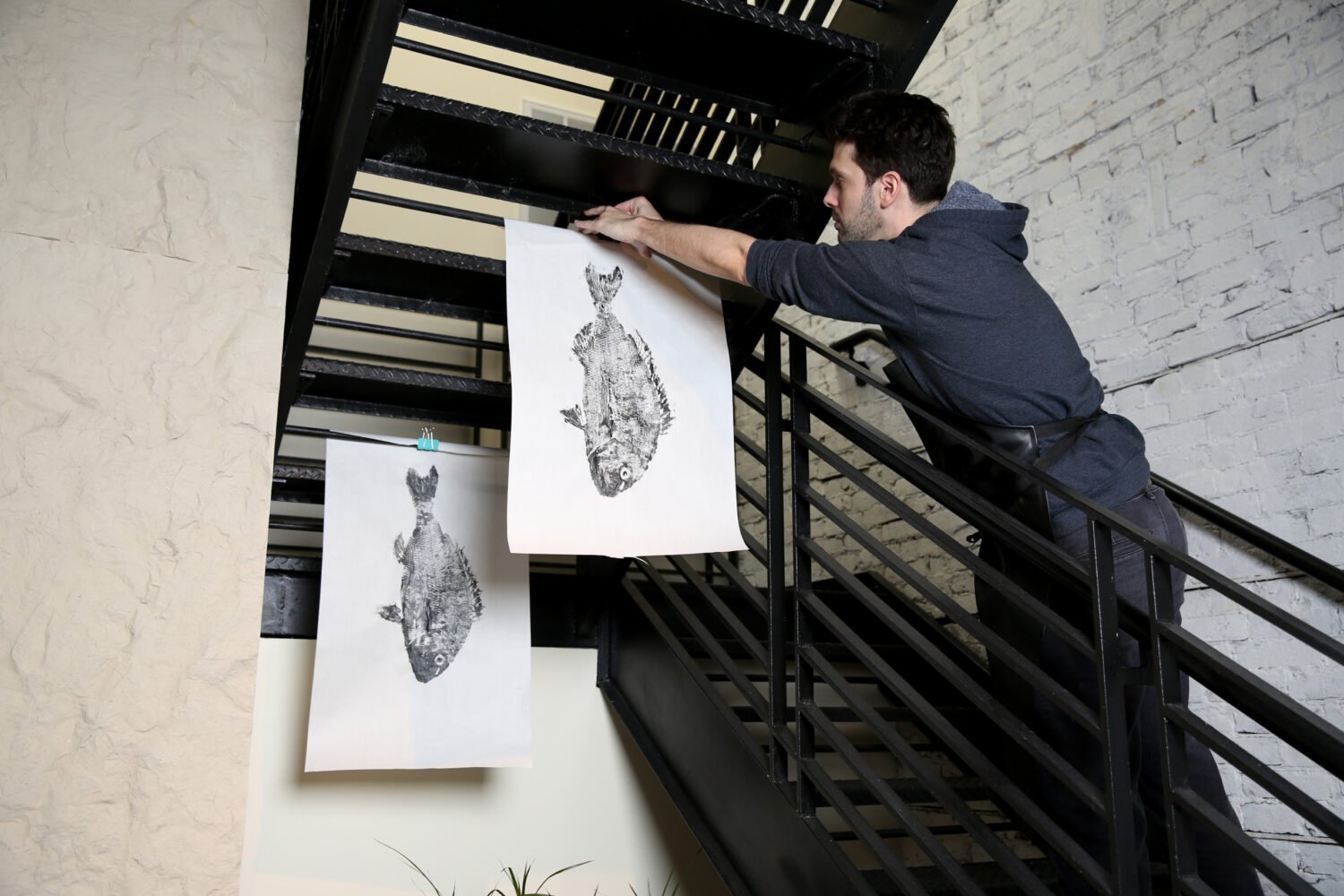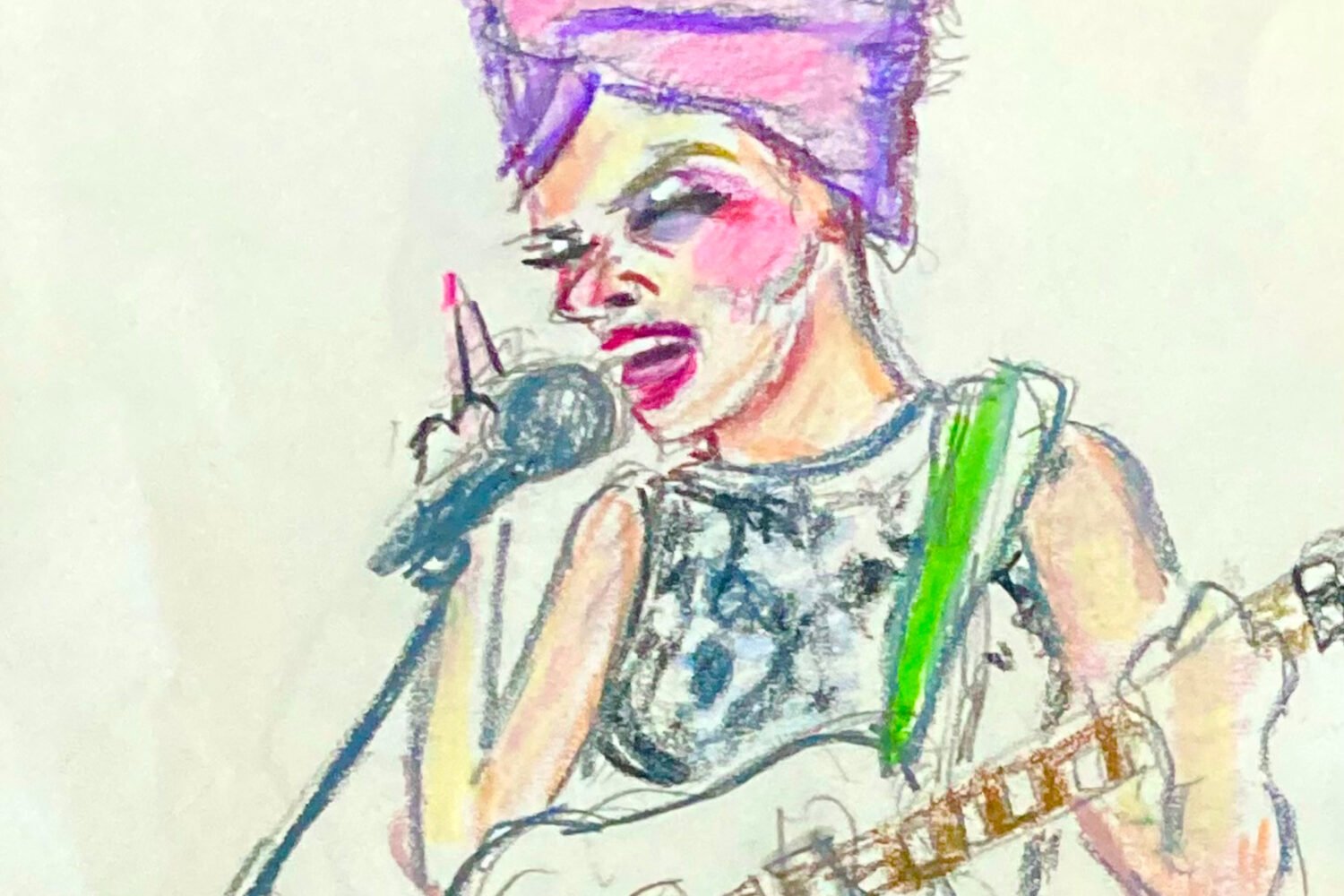“Edvard Munch: Master Prints,” at the National Gallery’s East Building until October 31, offers a fascinating look into the mind of an artist struggling with insanity. Darker than Van Gogh and more visceral than Caravaggio, Munch’s work varies dramatically, reflecting both his fluctuating levels of anxiety and his habit of experimenting with the same image over and over. While his woodcuts can appear almost childlike, some of his portraits are extremely detailed and much more romantic than could be expected.
Of the 60 prints, some gathered from the NGA’s archives and some borrowed from private collections, the most recognizable is an 1895 lithograph of The Scream, Munch’s most famous work. He described the image, drawn in stark black-and-white lines, as an illustration of an anxiety attack he suffered while walking in Oslo, Sweden. It’s the expression of horror that’s famous, but the vertical lines in the work seem to draw the eye down toward an imaginary hell, while two figures in the background walk away. As a study of emotion, it’s disturbing—and unparalleled.
The exhibition’s real strength is its comparisons of differing interpretations of the same print. Munch, a persistent obsessive, plays with the same images multiple times, adding color to prints by hand and introducing and removing different elements. In Anxiety, an 1896 lithograph series based on a painting, faces become distorted and almost demonic as Munch adds shade and definition to them. An initially innocent-looking group of people becomes twisted into something profoundly more disturbing.
Munch’s complicated relationship with women is also laid bare in many of the prints. Some of the pieces were inspired by a relationship he had with a wealthy woman named Tulla Larsen. One of their reconciliations abruptly ended when Munch was shot in the hand with a revolver under mysterious circumstances.
Sin, a series of lithographs in different colors, depicts a wild-looking woman with an extravagant mane of hair, her eyes occasionally enhanced by green paint. In Madonna, a later series, a languorous woman’s eyes seem almost to have been scratched out with a carving tool, while a distorted figure of a small child perches in the corner (in one print it disappears altogether). In Vampire, the woman attacking a man seems simultaneously aggressive and consoling.
But the most poignant print of all, Sick Child, depicts Munch’s sister Sophie, who died of tuberculosis at age 15. The image is drawn carefully, with a look of wistfulness, and it’s by far the most naturalistic of Munch’s prints on display. “It was not just I who was suffering then,” Munch wrote in a letter about this specific work. “It was my nearest and dearest as well.”
Subscribe to Washingtonian
Follow Washingtonian on Twitter
More>> After Hours Blog | Arts & Events | Happy Hour Finder | Calendar of Events















